St Paul’s Cathedral is often second choice when it comes to competing against Westminster Abbey. Visitors to London, inquisitive to know about the traditions of royalty, are not going to want to see celebrities of earlier times unless it is Winston Churchill, Lady Diana’s wedding or Margaret Thatcher. For most Americans, the American Chapel is the draw – they are patriotic and that is the bait on the hook!
I look at the Black history that is associated with the church, mentioning both Paul Robeson and Dr Martin Luther King Junior and referencing John Donne (“No man is an island” is a reggae tune composed by Dennis Brown). There are other people or events that I can use where necessary.
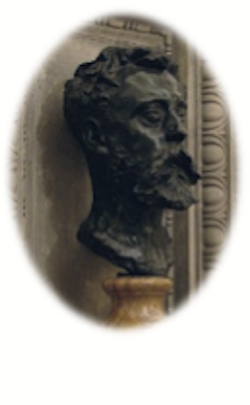
Bust of William Ernest Henley. Photo Credit: © Angela Morgan.
It was when I was walking through the crypt, however, that I glanced into one of the side corridors and saw the bust of a bearded man. As always curiosity got the better of me. It was a bust of the poet William Ernest Henley. Why was he important? Well, he was a man with a great story and fascinating connections
‘I am the master of my fate,
I am the captain of my soul.’
These two lines come from Henley’s most famous poem Invictus, known and loved around the world – a message of fortitude in the face of adversity. The poem is closely associated with Nelson Mandela, who would read it aloud to his fellow prisoners on Robben Island. Clint Eastwood would later make a film about South Africa winning the Rugby World Cup called Invictus starring Matt Damon with Morgan Freeman as Mandela. The name is also used for the sporting tournament for injured and recovering military personnel from across the world, launched by HRH Prince Harry in 2014.
Henley wrote the poem in 1875 as one of his Hospital Poems. He was recovering from surgery under the care of a famous doctor, Joseph Lister (after whom the Listerine mouthwash is named) . The care he received in hospital saved his remaining leg which was affected from tuberculosis of the bone. Whilst recuperating, he met Robert Louis Stevenson. Through his fifteen-year friendship with the author, Henley became the inspiration for the most famous literary pirate, Long John Silver, in Treasure Island (1883). Stevenson wrote to Henley that ‘it was the sight of your maimed strength and masterfulness that begot Long John Silver … the idea of the maimed man, ruling and dreaded by the sound, was entirely taken from you.’
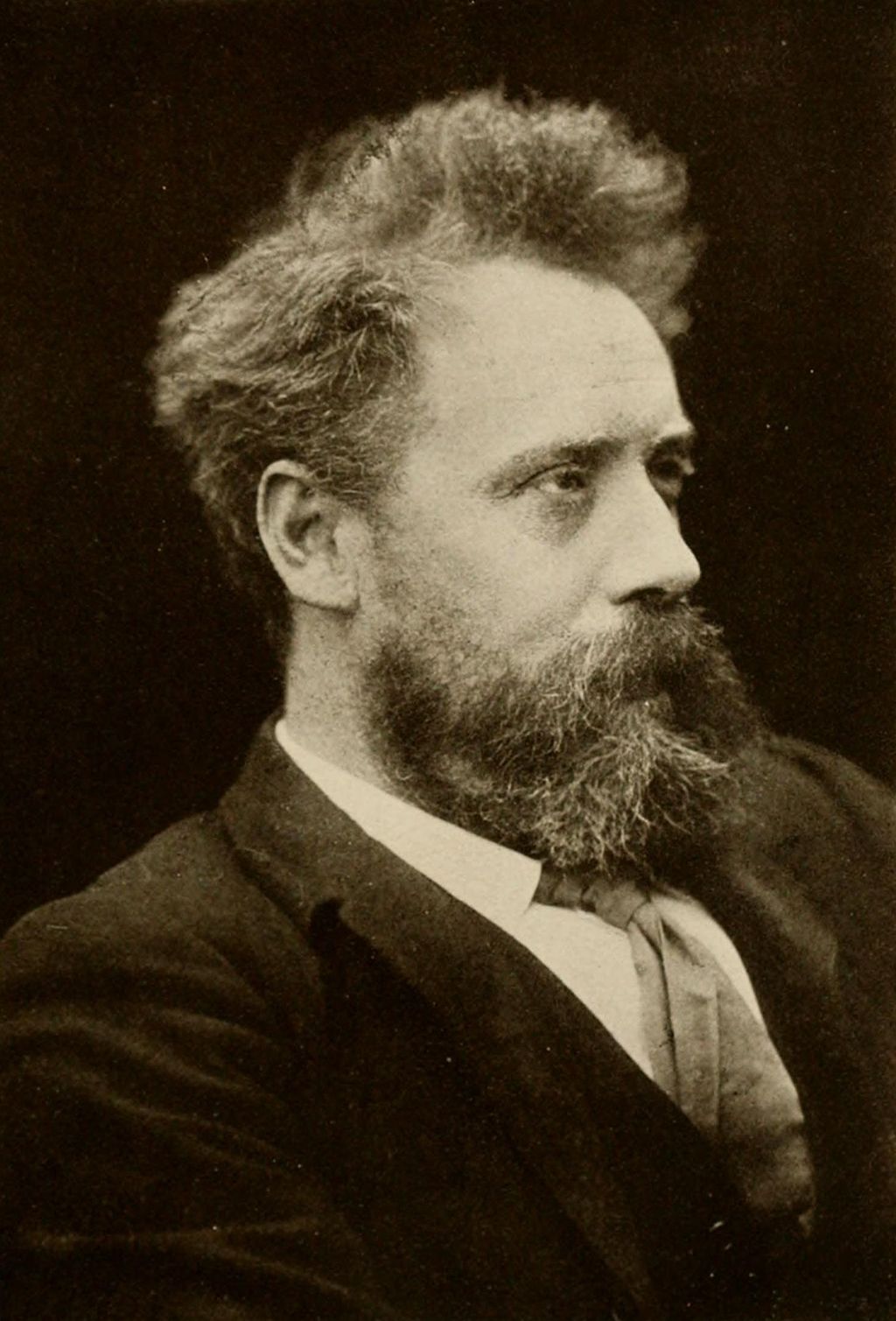 Portrait of William Ernest Henley. Photo Credit: © Public Domain via Wikimedia Commons.
Portrait of William Ernest Henley. Photo Credit: © Public Domain via Wikimedia Commons.
Through his friendship with another author, J M Barrie, Henley’s daughter would also be immortalised in one of the most loved children’s stories, Peter Pan. Margaret would call Barrie her ‘fwiendy-wendy’ as she was unable to pronounce her r’s. The character Wendy Darling was born. Sadly, Margaret passed away at the age of five.
A final ‘celebrity’ connection can be seen in the memorial. If you look very closely at the bronze bust, you can just make out the name ‘A. Rodin’. Henley had become a friend of the great French sculptor Auguste Rodin, a friendship that would see the artist create a number of works for Henley after his death.
In 1902, Henley had an accident that triggered his latent tuberculosis. He died the following year at the age of fifty-three and his ashes were interred in his daughter’s grave in Cockayne Hatley, Bedfordshire. After listening to a radio play Silver by Jonathan Smith that highlighted the friendship between Henley and Stevenson, I could imagine Henley’s bellowing voice saying ‘Aha! Jim lad!’
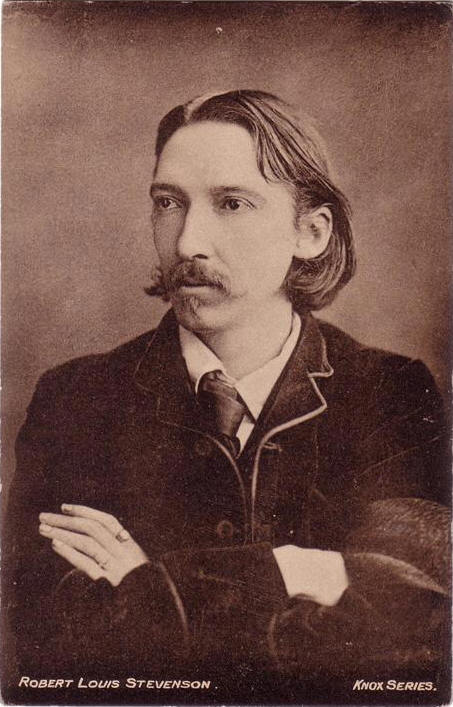 Portrait of Robert Louis Stevenson. Photo Credit: © Public Domain via Wikimedia Commons.
Portrait of Robert Louis Stevenson. Photo Credit: © Public Domain via Wikimedia Commons.




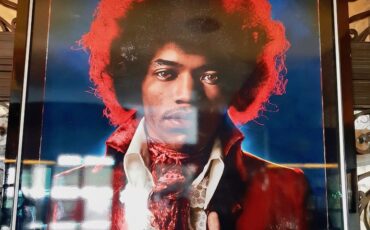

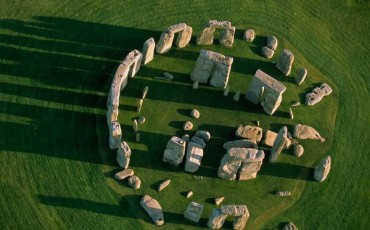
Leave a Reply